Oxfam isn’t just for old clothes - it’s selling more food and adding new cleaning and health & beauty ranges. So just how serious is it?
Fairtrade lip balm. Afghan dried fruit. Kitchen sponges made from recycled sofas. It’s not your average shopping list, but this isn’t your average store. It’s an Oxfam.
The charity’s 700-strong retail network is better known for selling second-hand books, clothes and bric-a-brac, but it has been steadily increasing the range of food, household and health & beauty lines available in its stores.
It hasn’t been an easy journey though. Oxfam may be a high-profile, global charity, but its resources are nothing compared with the might of the supermarkets. Its stores are manned by volunteers, it has no EPoS system, and does not run promotions. On top of that, many shoppers are not even aware that its stores sell grocery items.
“Oxfam has always had a strong link with food, and we were a founding member of the Fairtrade Foundation,” explains Oxfam buying manager Inma Andres. “But a few years ago Fairtrade became mainstream. Everyone was selling it and we lost our point of difference.”
“A few years ago Fairtrade became mainstream. Everyone was selling it and we lost our point of difference” Inma Andres, Oxfam
The charity therefore made the decision to more than halve the number of stores its food offer was available in from 500 to about 200 so that it could take a good look at its offer and plan its next move. Following this decision, it has been tweaking and refreshing its ranges.
In the past year it has therefore been introducing new products to be “leaders” in Fairtrade again, says Andres. She has been tracking down products that are not necessarily synonymous with the standard Fairtrade offer such as tea and coffee sold by supermarkets. Instead, it has turned to products like olive oil and preserves.
For example, Oxfam recently started stocking Palestinian olive oil sourced from one of its own programmes - through which Oxfam has been helping olive farmers become certified. The oil has been “very successful”, says Andres.
Oxfam now lists 50 to 60 food products, with annual sales of around £1m, and Andres is investigating ways to get more into shops. These have included working on product innovation with suppliers and successfully trialling counter-top units for Divine chocolate - with whom it has enjoyed a long working relationship - at tills.
Oxfam also stocks a popular health & beauty offer, with sales of around £500,000 a year. The charity has been using this range, which generates a high number of repeat customers, to boost food sales.
Two years ago, the charity also started stocking household products. Again, Andres says Oxfam chose to focus on products not readily found in supermarkets, such as BioD and EcoForce. They have proved a hit with shoppers, she says, encouraging repeat purchases.
Oxfam wants to find more new products to encourage new people into its stores. The charity’s online store has recently been relaunched, with top food sellers including large tins of Fairtrade coffee. And just like any retailer, Andres is also looking forward to Christmas, which she says, is a key time to attract new shoppers because a large number of customers who are not regular Oxfam shoppers visit stores to buy Christmas cards.
“We need to sell products that are a little bit different and not easily found in the supermarkets,” she adds. “We can’t compete on price with them but what we can do is be really creative. We’re coming up to a time where we’re really starting to see the fruits of our labour.”







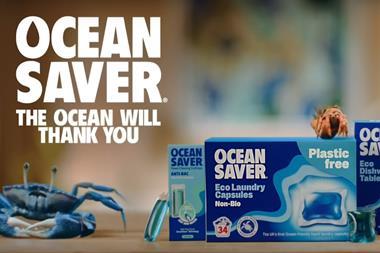
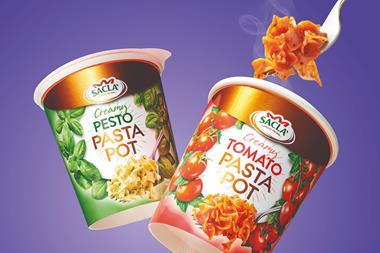
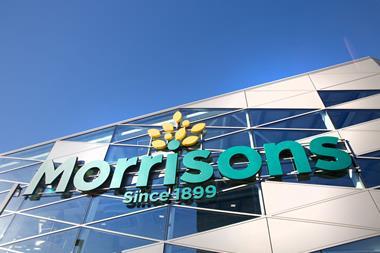
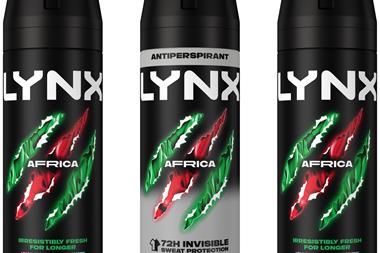
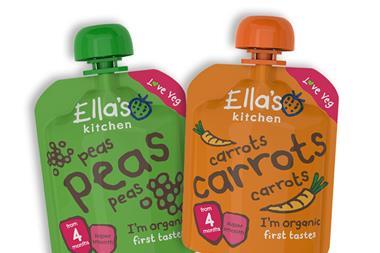
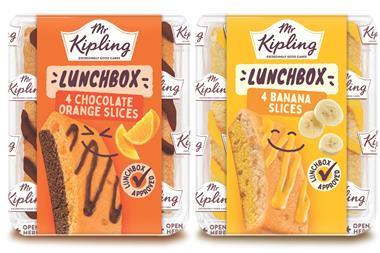

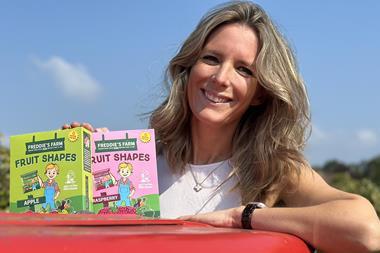

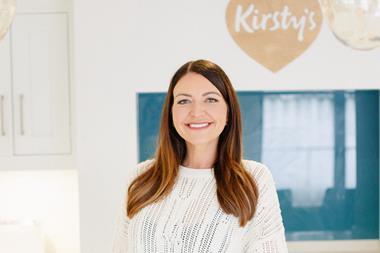
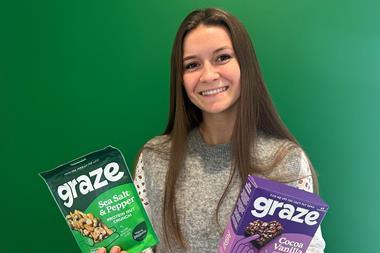
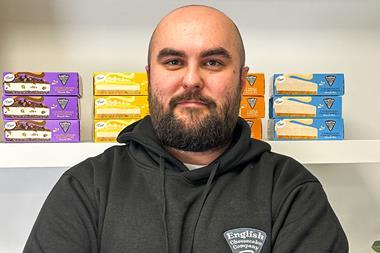
No comments yet